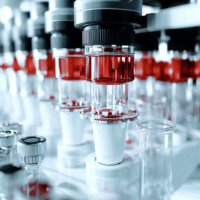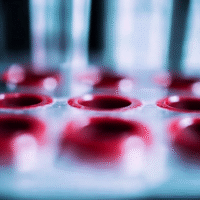Understanding the Study
This study looked at how different doses of erythromycin, an antibiotic, affect patients with stable non-cystic fibrosis bronchiectasis (NCFB). The goal was to see if erythromycin can help improve lung function and quality of life.
What Happened in the Study?
- 148 patients with stable NCFB participated.
- Patients were divided into four groups:
- Group A: 250 mg of erythromycin per day
- Group B: 375 mg of erythromycin per day
- Group C: 500 mg of erythromycin per day
- Group D: Placebo (no medication)
- Patients were monitored for 6 months, with tests on lung function and quality of life.
What Worked?
- Group C (500 mg) showed significant improvements in lung function and quality of life.
- Group B (375 mg) also showed some positive results, but not as strong as Group C.
- Group A (250 mg) did not show significant improvements.
What Didn’t Work?
- The lowest dose (250 mg) did not help improve lung function or quality of life.
How Does This Help Patients and Clinics?
- Patients with stable NCFB may benefit from taking 500 mg of erythromycin daily.
- Clinics can consider this dosage to improve patient outcomes.
Next Steps for Hospitals and Doctors
- Start prescribing erythromycin at 500 mg for eligible patients with stable NCFB.
- Monitor patients for improvements in lung function and quality of life.
What to Track in Clinics
- Lung function tests (like FEV1 and forced vital capacity).
- Quality of life scores (like the St. George respiratory questionnaire).
- Frequency of exacerbations (worsening of symptoms).
AI Tools to Consider
- AI tools can help track patient data and outcomes efficiently.
- Consider using AI for analyzing lung function tests and predicting patient needs.
Step-by-Step Plan for Clinics
- Start by reviewing current patients with stable NCFB.
- Introduce the 500 mg erythromycin dosage gradually.
- Monitor patient responses and adjust treatment as necessary.
- Collect data on lung function and quality of life regularly.
- Use AI tools to help manage and analyze patient data.
For more details on this research, you can visit the study link: Effects of erythromycin dosage on clinical outcomes in stable non-cystic fibrosis bronchiectasis.






























